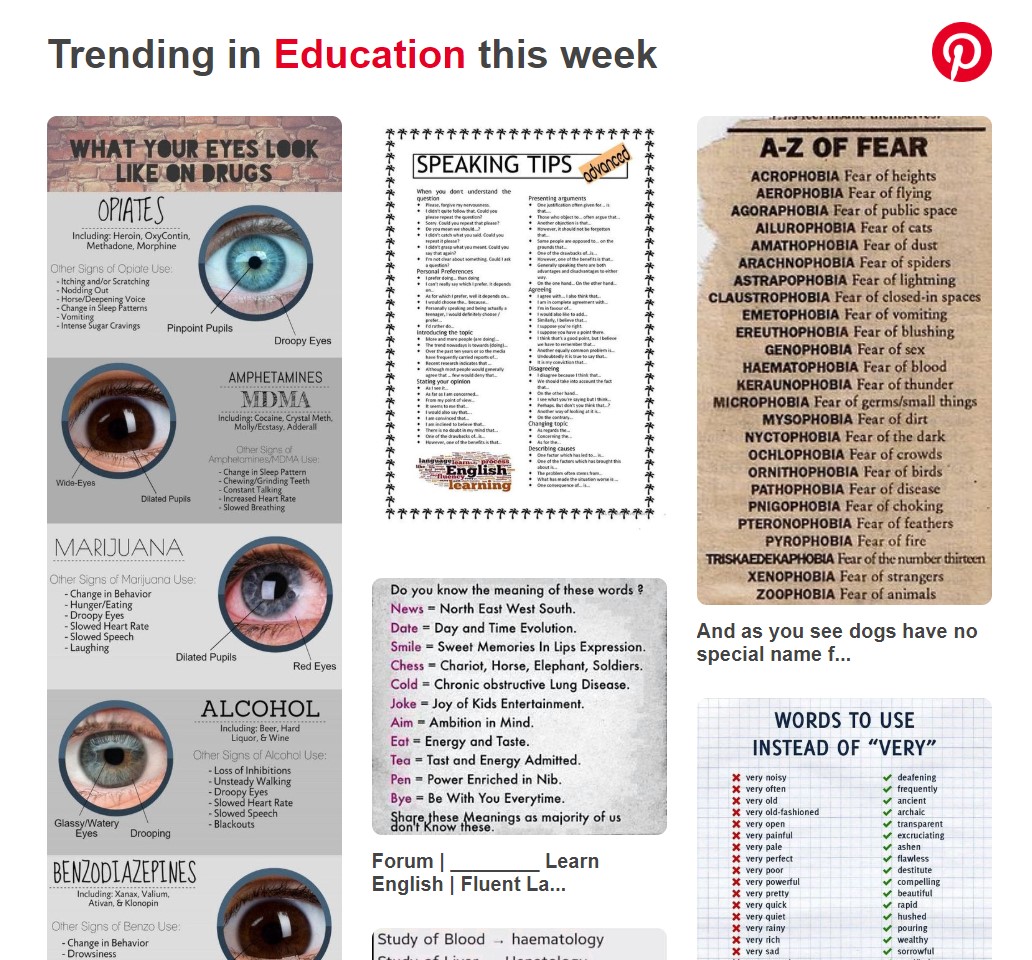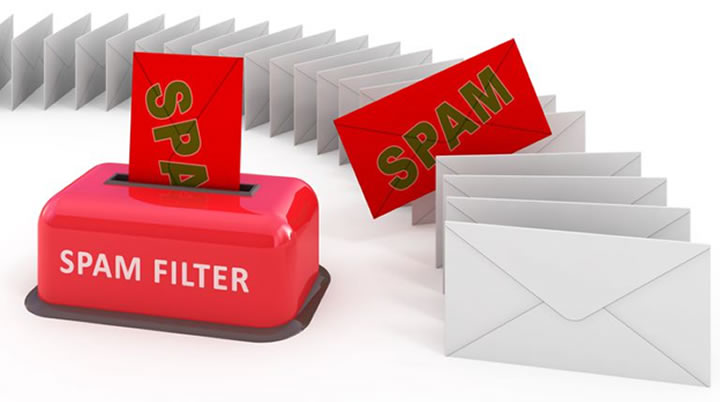The truth is by 2021 people are expected to exchange 320 billion emails daily. Whether it’s a personal email, a professional email, or a marketing email; there are billions of emails being sent daily and this number continues to grow as more and more people enter this space.
Given that email is a popular platform, there are a lot of dos and don’ts attached to it. There are so many questions asked and so many etiquettes overlooked. Should you use an email signature generator? Is your email marketing campaign performing well if your open rate is high?
Which is the best day to send marketing emails? Could you send the same email twice?
And there are so many other unanswered questions, myths, and facts that you should know. Here is a list of the 7 biggest email marketing myths that you should know before you begin devising your email marketing strategy.
Myth: Recipients have a lot of emails already
Once you have an email marketing campaign in place, have you ever wondered if your recipients have a lot of emails already? The truth is that 60% of people receive less than 6 emails per day from trusted brands.
So, before you stop yourself from employing an email marketing campaign because you think your efforts will be buried in inboxes, think again. Work towards establishing yourself as a trusted brand through your content across all marketing platforms.

Myth: Email signature is not a must
Email signatures are on the rise along with email marketing efforts. While there are some users that vouch for it, others don’t truly understand the value. With an influx of both schools of thought, do you really need an email signature?
The truth is that an email signature can boost your engagement and help you generate more replies. Email signatures also provide customers and prospects with all information to contact you and explore your brand further.
Both of these are key in nurturing leads and building customers and are often the goals of email marketing strategies.

Myth: Stop sending emails to inactive users after 6-9 month
It is a good idea to sift through your mailing list based on engagement and activity for better results. But, when exactly is a good time to label a contact as inactive and take them off your mailing list, 6 months? 9 months? Or should you wait longer?
The truth is you might lose customers if you are that stringent with your timeline in labeling inactive customers. 20% of inactive users can open an email even after 6 months of brand efforts.
However, the fact that engagement drops over time is also true.
As a result, you should update your mailing list but 6-9 months might not be the right timeline. Perhaps, giving your prospects and clients a little more time and updating mailing lists yearly might be a better approach.
Myth: Don’t send the same email twice
If you have sent an email once why would you send it again? The truth is that the average email open rate is around 25%. This means that chances are 75% of your recipients did not read your email when you sent it.
As a result, they may have missed out on the valuable information you shared via email. but, this does not mean that you should blindly resend all your emails. Identify emails that require a resend, change their subject line, and wait a few days.
After a few days and a few tweaks later you can resend the email again and increase the reach of your email marketing campaign.
Myth: Avoid using Spam keywords in the subject line
Once you have drafted a winning email with excellent content the last thing you want is to have it end up in the spam folder. The truth is the easiest way to get to the spam folder is if you use CAPS for words like FREE, LAST, SAVE, DISCOUNT, etc.
But, this is not the only reason your emails go to the spam folder and not the inbox, it also depends on other factors. Entering the spam folder is the easiest way to get ignored and that is oppositive of your intent with an email marketing campaign.
In order to avoid this, just test all your email content using spam filters and ensure all your effort does not go in vain.

Myth: The best day for emails is Tuesday
Wouldn’t email marketing become so much easier if there was a magical day when all your emails were read by your prospects and clients? Unfortunately, the truth is that email marketing doesn’t work like that, and engagement rates depend on a lot of factors.
If you analyze the open rate of billions of emails sent daily, you will find the best open rates happen at different times and on different days. However, there are brand-specific spikes in engagement at certain times and on certain days.
So, determining the sweet spot day is unique and specific to your efforts. Try different times and days for your business and track performance to identify the best times to send out your marketing emails.
Myth: Open rate is the one metric you should track
90% of marketers rely on open rates as a metric to define campaign success, but, does this mean that this is the only metric you should assess?
Short answer, absolutely not. The long answer, the truth is that the problem with just looking at open rates will not tell you the whole story. It is equally, if not more, important to look at the number of leads generated per email and the conversion rates per email.
These metrics will give you a holistic view of your engagement and email marketing campaign performance rather than giving you misleading information. There is a reason why there are multiple metrics and make sure you are mindful of all of them to get the best outcome from your email marketing efforts.
Pay attention to the design of your email footer
In addition to considering email marketing myths, it’s important to pay attention to your email footer design.
An email footer serves as the last block of your marketing email and includes essential elements such as contact information, unsubscribe options, legal disclaimers, social media icons, and promotional content.
Other typical elements may include your company logo, copyright mark, offer details, and various options for recipients. It’s crucial to organize this information in a clear, consistent, and easy-to-read manner, ensuring that all links are functional.
Assumptions are always dangerous and you should build your email marketing strategy based on facts. These are some of the most common myths in the world of email marketing.
Enjoy a more successful email marketing campaign with these myths debunked!
https://www.pinterest.co.uk/
https://www.lifewire.com/bayesian-spam-filtering-1164096
